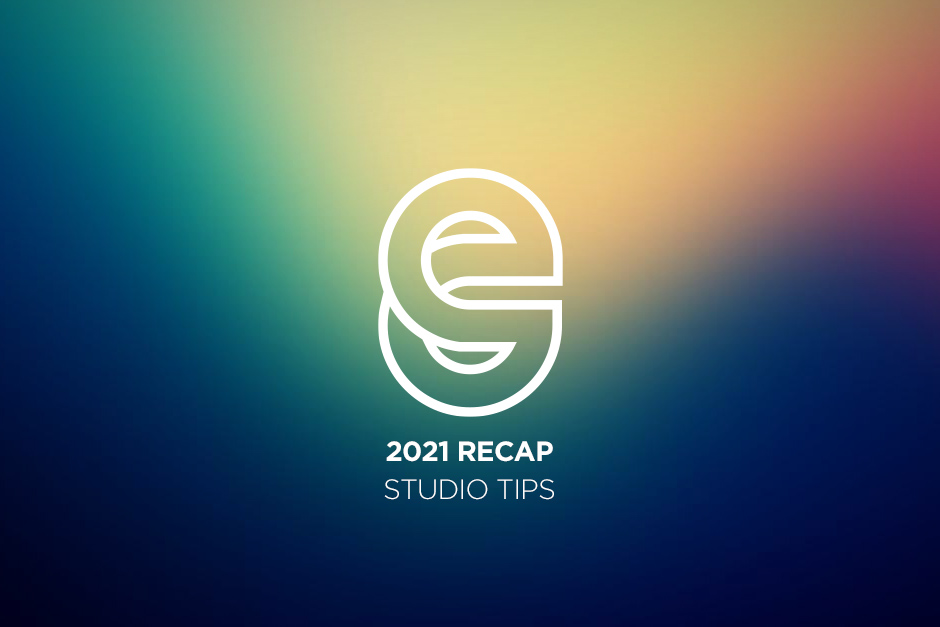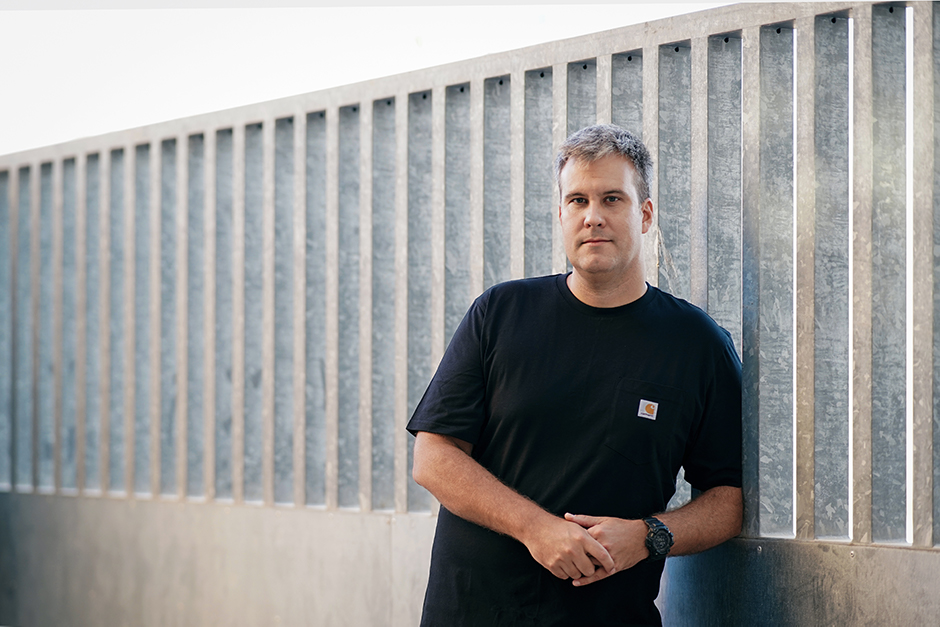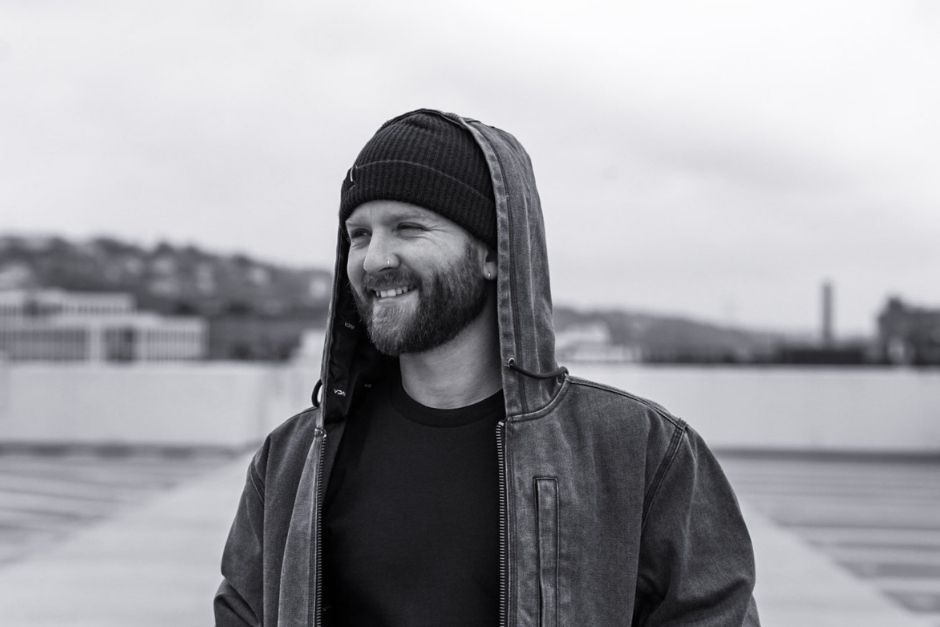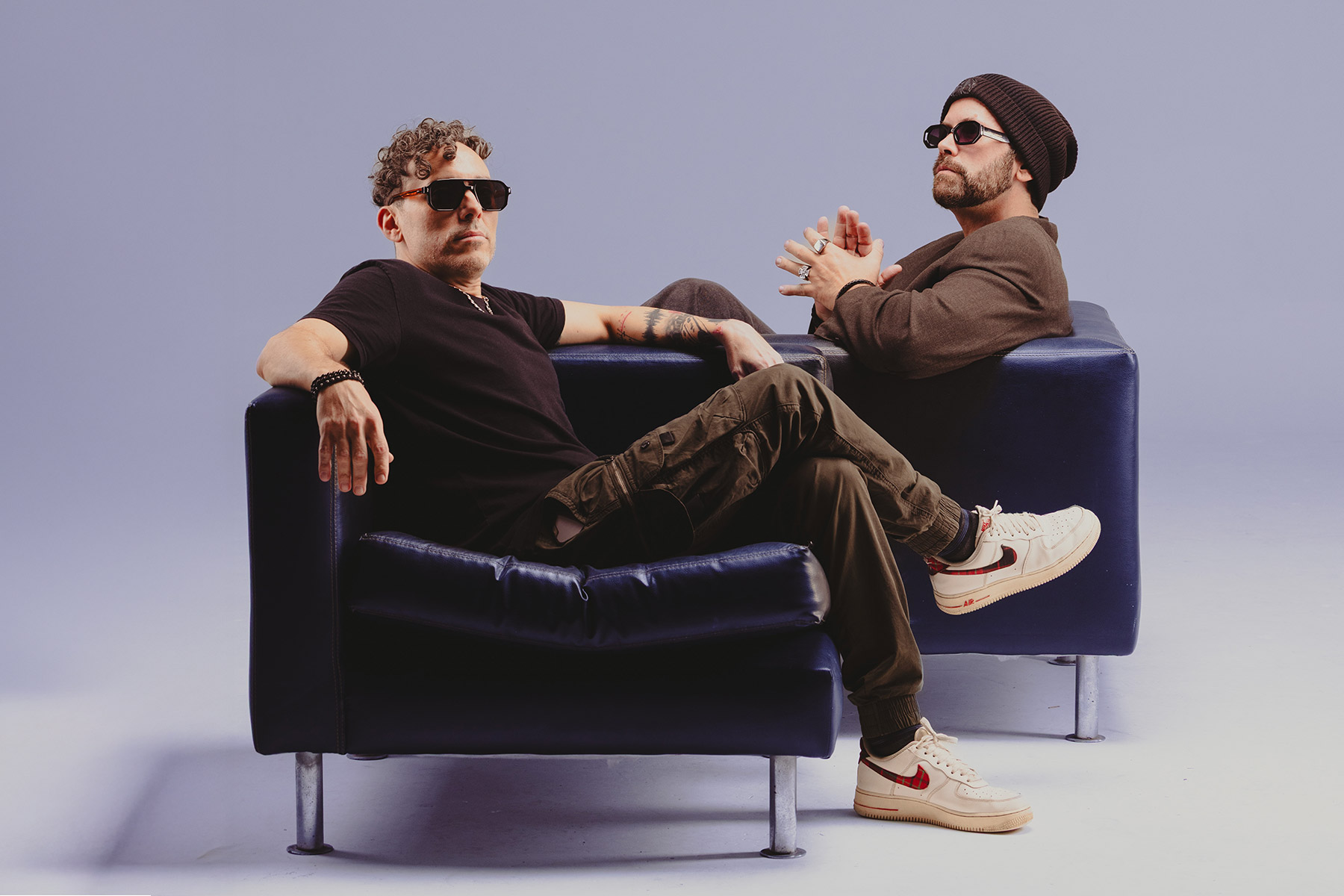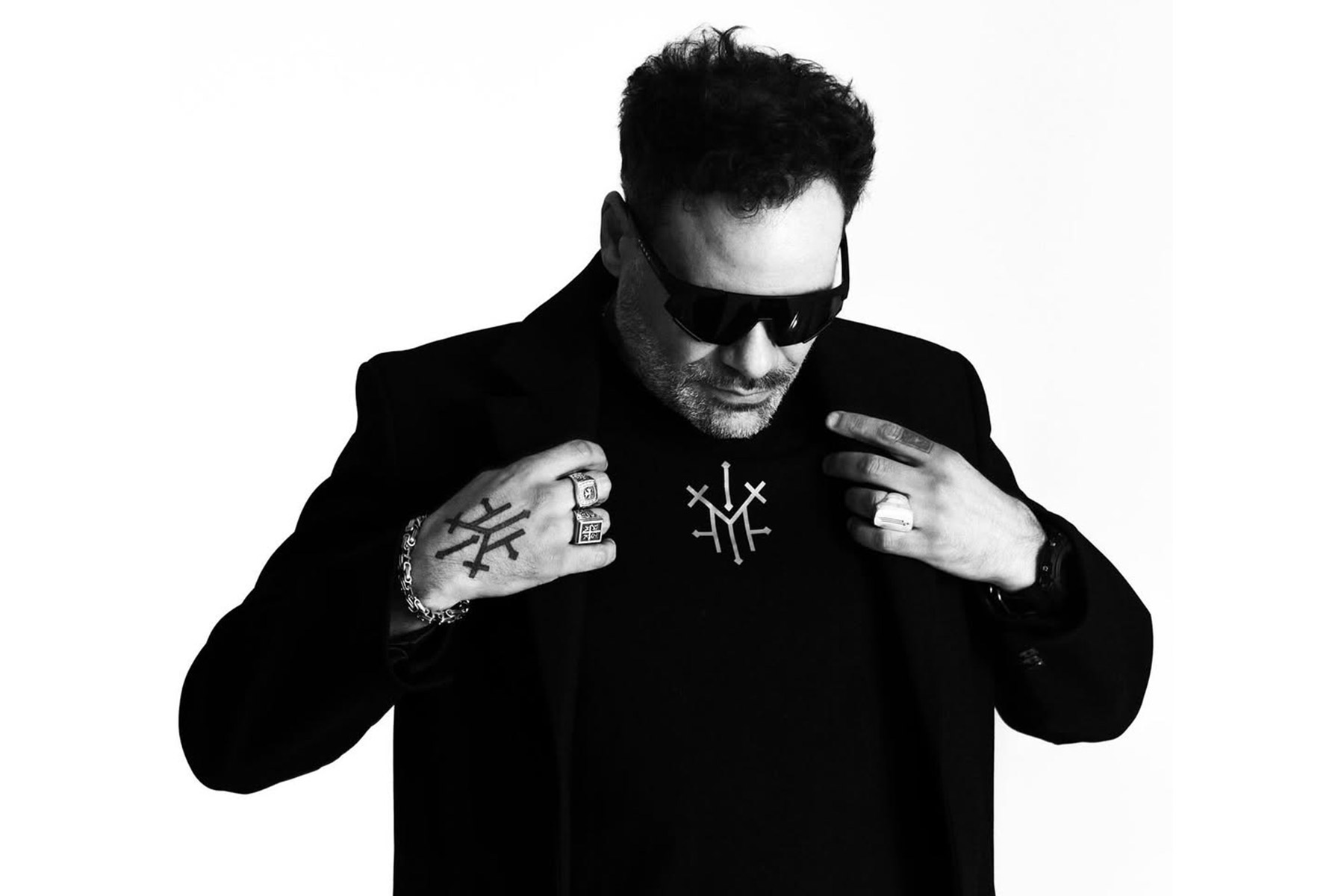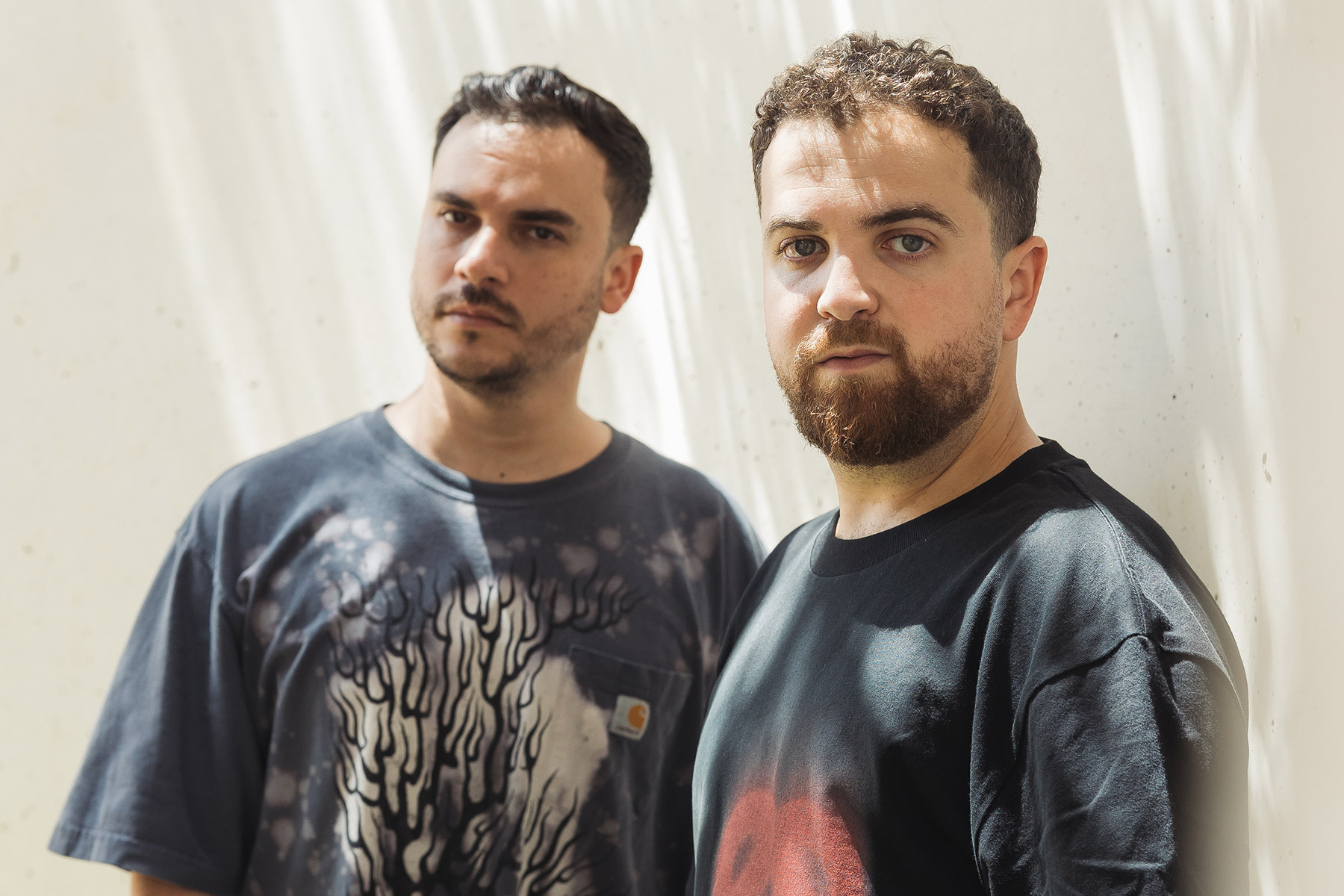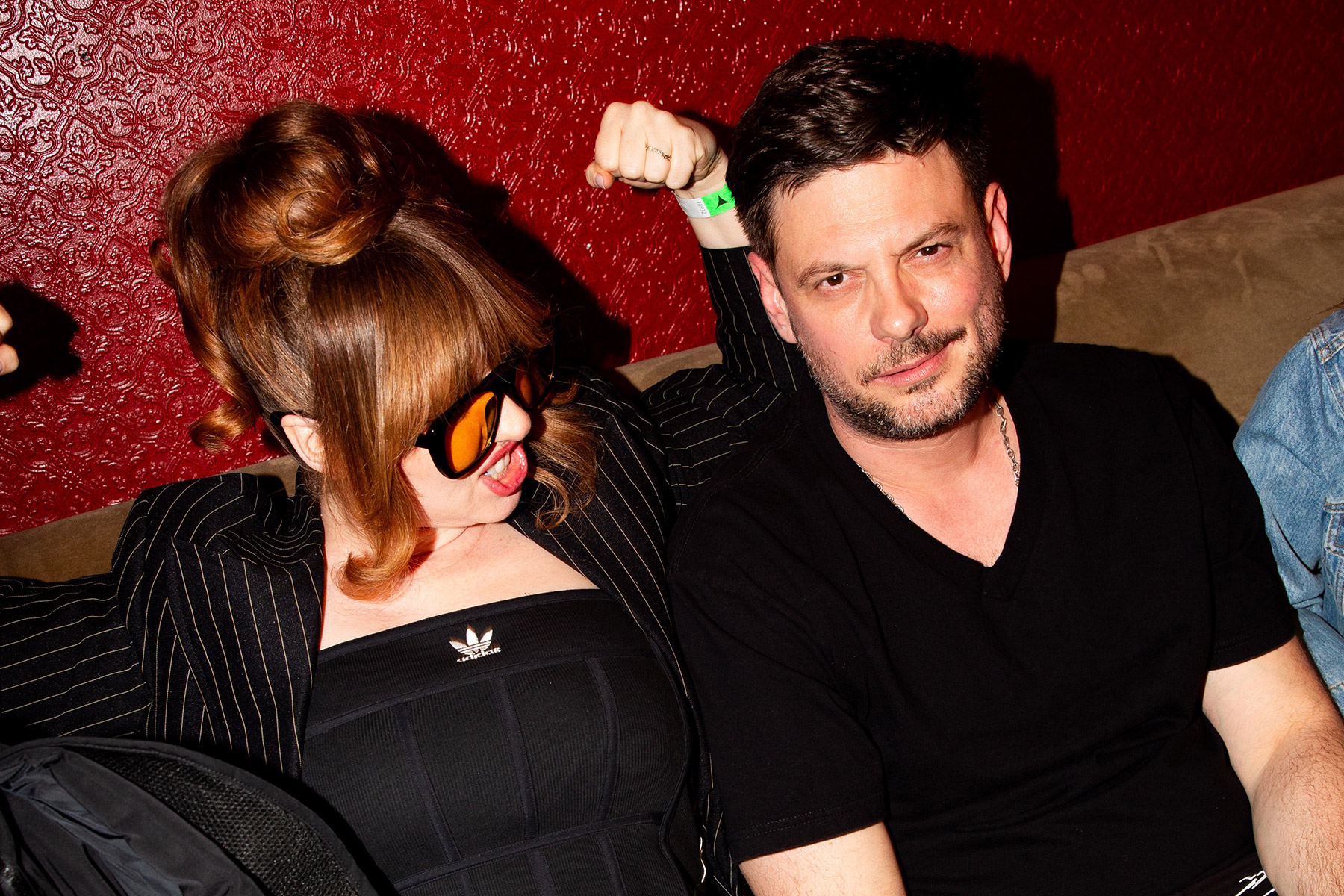While with every passing year, the possibility to create music seems more and more accessible, the options, notions, DAWs, software, hardware, and knowledge available out there can often make it seem daunting. And the studio can feel like a constant maze, because, in the end, everything comes from within.
Throughout the year, EG has sat down with some of the finest producers around to learn from the best in our fan-favorite ‘Studio Tips’ section. Here are some of our favorite picks to navigate the studio with a clear north, search for inspiration, and more.
“In the past, my way of work was to start building the track from the beginning to the end. Once I was sure I had a nice loop, I was slowly building it and adding elements, taking out some of them, etc. I sometimes realized while I was working on the main break and drop that the song needed a more interesting leitmotif, which meant that I had to rethink the song from the beginning; otherwise, the first part would be a bit empty. What I do now is to first work on a good loop and an interesting idea, and then build the main break with some of the elements of the loop, so that it has some continuity and coherence. Then I build the drop right after the main break, and I start building to the sides completing the track to the end on the right and to the beginning on the left side.”
“Here’s a trick to handle very layered tracks (like mine). I experiment a lot with overdubs and resampling, so things get very busy very quickly. When I arranged the songs in my ‘Corporeal’ EP, I created 6 empty groups in my DAW (I use Ableton Live, but pretty much any DAW can do this a way or another): kicks, bass, drums, harmony, lead, unpitched/FX. The first two are pretty self-explanatory, the ‘drums’ group is for all the percussion except for the kick (which I like to treat separately), ‘harmony’ is for chords and other elements that build the harmony that supports the lead melody, ‘lead’ contains the stuff I want to have in the foreground, and ‘unpitched /FX’ is for noisy sounds, effects, and things like that. Once those are set I try to assign each of the 30+ tracks that I have in my set to the appropriate group. If a track doesn’t fit in any of the groups, I ask myself ‘what am I actually trying to do with this track?’. If I can’t come up with a decent answer I just delete it. Then I start working on each group separately, see if there is redundant or useless stuff that I can get rid of, etc. before I mix the whole thing together.”
“Don’t be too critical or too paranoid about your market. Never forget that 99.9% of your listeners are not specialists and in fact, almost no so-called ‘specialists’ will ever listen to your music. Try to embrace naivety and think more simply, as sometimes the best music isn’t overly ‘smart’ or complicated. Some call it ‘dumb it down’, but I call it being pragmatic…Make sure you understand what your market is. Don’t trip!”
Boku – Separating The Creativity From The Technical
“If you are feeling inspired don’t sit down at the start of a session and EQ a kick drum or do something else technical because before you know it, an hour will have passed and you will have probably lost that initial creative spark. Find something quickly, have a bank of sounds that you know sound good, and move forward, you can always backtrack after. For me personally, I do small bits of processing quickly as I go because I feel it helps me understand the overall sonic impression, and how much I need to add or subtract, I also then don’t have a lot of heavy lifting to do at the end when mixing.”
“Break stuff. Use stretched/bent samples and tools like waveshapers, saturation, gates, and granular synths to give sounds different edges which can then be left exposed or smoothed over with reverbs/delays/filters, etc. to give common sounds a bit of texture. I love using samples in weird ways, for this reason, as there are so many unique flavors.”
Ezequiel Arias – Project For The Long Term
“Anxiety, rejection, and frustration are emotions that can block us in creative moments. I think something fundamental is to cope with these emotions calmly and in the best possible way. It may take a long time to appreciate your music. Starting to specify and translate your ideas into sound gives you a certain adrenaline rush and the desire to share it with the world, don’t let anxiety beat you.”
Joeski – Don’t Stop Until You Make It
“Finish open projects! This is a very important one! When I first started in production, I used to always start tracks and move on to another then end up with a whole bunch of unfinished tracks. I find it works out better for me when I finish a track completely. It actually inspires me to start another.”
“You’ve got your style, DAW, and production knowledge – now you need to write some MUSIC! Music theory gets a bad reputation because people feel intimidated by it. You don’t have to be Quincy Jones to write a good song! If you can understand the basic principles of music theory, you will be a much better producer as a result of it. The best places to start that I would recommend would be: playing and understanding scales and playing chords within those scales.”
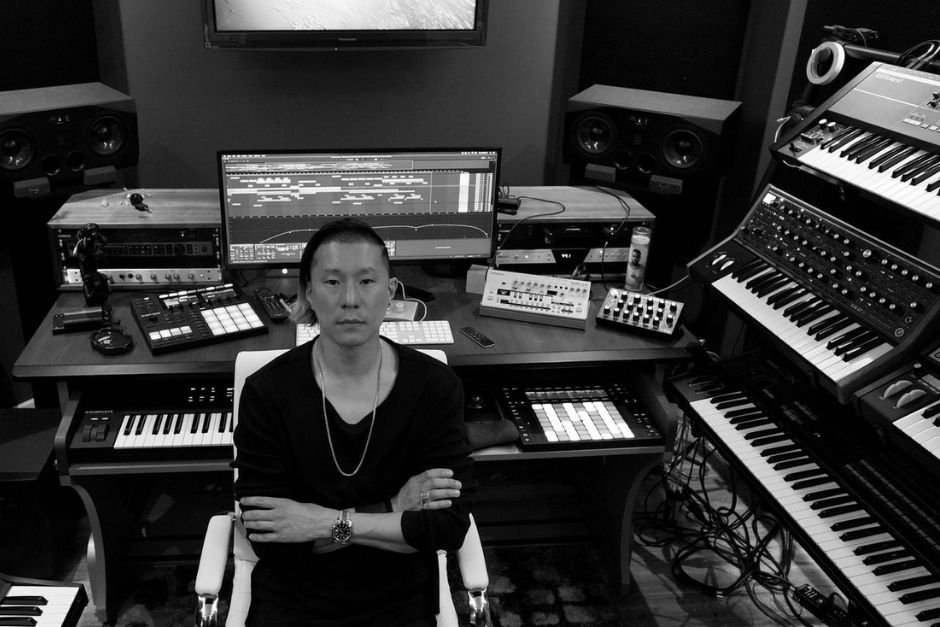
Juheun – Presets Are Our Friends
“Making your own reusable templates is a great starting point for young producers. For each track, you will adjust your templates from one to one to fit them to that unique expression that you are trying to achieve. Having your own templates ready allows you to quickly experiment and develop new concepts within the framework of your own style and history. In my case, I have set up five kicks in different keys. I will adjust this template to individualize it for a particular track. For example, layering high frequencies for a more clicky sound. Even for my hats I use templates.”
Julian Wassermann – Sidechain Compression
“Definitely one massive tip is to use sidechain compression. For example, most of the producers use the kick channel as a trigger to have an effect on the bassline. But if you try out this effect with some different triggers you will get a lot of space for your parts. So you can easily make two melodies work together if you use Melody 1 as a trigger for sidechain compression for Melody 2.”
Kevin Knapp – Always Try That Idea You Think Will Make You Look Silly
“For me, some of my greatest standout tracks have come from doing things I thought were goofy or too far out there. Record the vocal and if you are unsure, play it for some integrous artist buddies who you know are not afraid to give you constructive criticism, and get their thoughts. You may be surprised by what they say… as we are often in our own heads with this stuff.”
Lawrence Hart – Ableton’s Transient Gate Is Your New Best Friend
“When it comes to drum programming, I like to use a mix of electronic and organic sounds to add depth to the sonics. For the organic side I’ll sample drums from old jazz and soul records, but a lot of the time there’s too much ‘room sound’ in there. You can deal with this by setting the sample to the ‘Beats’ on the Warp Mode and setting the Transient Loop Mode to ‘Off’, and then adjusting the Transient Envelope to shorten the decay of each hit. It’s a lifesaver for tightening up drums (or anything else for that matter) and making space in the mix.”
Lubelski – Everything Under 150-200Hz In Mono
“I keep everything under this range in Mono because of how it affects the quality of sound and overall performance when played back on a larger sound system, like the club or a show. Having a very stereo low-end can negatively affect the way your mix phases out, so a trick that I use all the time is creating two channels for my basslines. One that is low passed under that 150Hz mark, while the other is high passed over the 150hz. This way, I can then apply to the high passed channel any additional stereo effects I want and the processing won’t end up sounding flat. Other ways I create texture is by experimenting with auto filters that have a 3/16th rate, adding some auto panning, and very subtle delay helps to really fill out the space; even a flanger will help to create some movement in the frequency range.”
Maruwa – Don’t Overload Your Arrangement
“Don’t add too many extra elements to your arrangement until you get the main idea of the track; the base – drums, bass, and main synths or sample. It’s better to work out the main section in the first place and add all extra layers later only if they are really needed.”
“Don’t feel the need to quantize everything. Certain elements will need quantization depending on the time signature but placing elements in by ear or gut feeling will give a much more natural and organic flow.”
“Put restrictions on the way you work, whether it might be time restrictions, or that you can only use a certain synth for the whole piece (including drums), this can make things very interesting and the latter restriction can really help you to get to know your studio better, and who knows what kind of ideas might come out of it. Restrictions make a creative process more interesting and sometimes easier due to a lack of options. In the early days, I would make music using a virtual step sequencer (Called PTVAS) with no synths and 16 audio channels. Every drum / bass / effect was sampled. I really made some of my most original stuff this way, and super quickly. Fruityloops is also still really good for this!”
“Try to make your drums more recognizable. First, try to adjust the velocity in your midi drums. Every hit should have a different velocity. What really makes a difference is getting some real Hi-hats and recording them with a microphone. If you do that and play along with your song and layer them with your midi drums it will make a huge difference. In general, try to layer drums as much as possible.”

Peter Gregson – Understand Space
“Music can be defined as the ‘organization of sound in time’. I’d like to add ‘space’ to that – in this context, I’m referring to reverb. Instruments and voices make a different sound when played in different rooms; players respond differently to their instruments in different spaces and different contexts. To me, it’s just as important to consider what room the music is being performed/recorded in as the arrangement itself. I think by really considering the change brought about in these different spaces, we can create something special, and challenge ourselves to listen differently. I rarely use one reverb to splash over my music, it’s always made up of lots of small moments and different types of reverb. I’m a real sucker for analog reverbs, but even more, I’m a huge believer in re-amping synths in specific rooms to achieve specific sounds. A Juno arp re-amped in a church hall, for example, takes on special new properties that an electronic instrument cannot possess – and in that process, it becomes an acoustic instrument, bouncing off the walls of a building before hitting our ears. Much more human! I’m on a mission to really control the sound of my cello, not in the way that a classical cello sounds, but to consider it more as a vocal – an identifiable sonic fingerprint in the way that Kanye West is identifiably different from Jay-Z, or Billie Eilish distinctly separate from Dua Lipa. Often, the cello is recorded in the way the cello is recorded because that’s how it’s done – and the sound is halfway back in a big concert hall. And that’s fine, most of the time. But what if the ‘concert hall’ has changed, and the space we are hearing music in now is much more intimate…Does it still need to transport you to the concert hall? Or could this be an opportunity to use the sonics of the recording to tell more of the story? That’s the position I’m taking, and spent months A/B-ing large-diaphragm condenser mics, pre-amps, AD/DA converters, etc, to find the right chain for my instrument. I settled on a Telefunken ELAM251, GML 8304 pres, and Burl AD/DA to really create a tactile sound which I feel conveys my sound the best. This then goes into an AMS RMX16 Ambience for the main sound, then fed into two Tegler Raumzeitmaschines: one a dirty, dusty room sound, and the other a lush Hall sound with lots of character. If I’m looking for a more ‘real’ sound, it’s either Bricasti M7 ‘Large & Deep’ or Eventide SP2016 Stereo Hall, both of which just bed in really nicely.”
“Try to begin your project with a melodic element, texture, or chord structure (unless you’re making a rhythm-based creation) this will allow you to define a kind of sonic story to tell, and then each element will find its place and you will know when something doesn’t fit. It’s limiting to just begin with a kick drum, open up your field of possibilities before the kick drum comes in.”
Simon Goff – Learn How To Compare
“When we listen to other people’s work it is very easy to not understand what we are listening to. Often your listening environment plays a huge role in this and also the volume at which you listen. When comparing your work to others, if the levels of your tracks are not equal it is easy to make judgments that are affected by the differences in volume more than anything else. Learn your listening environment, listen to a lot of music there, and then go and listen to that same music somewhere else you trust. Listen to the difference and try to get to know and understand how your space is affecting the sound. Use metering to make sure that when you are comparing things, you are listening to them at the same volume.”

